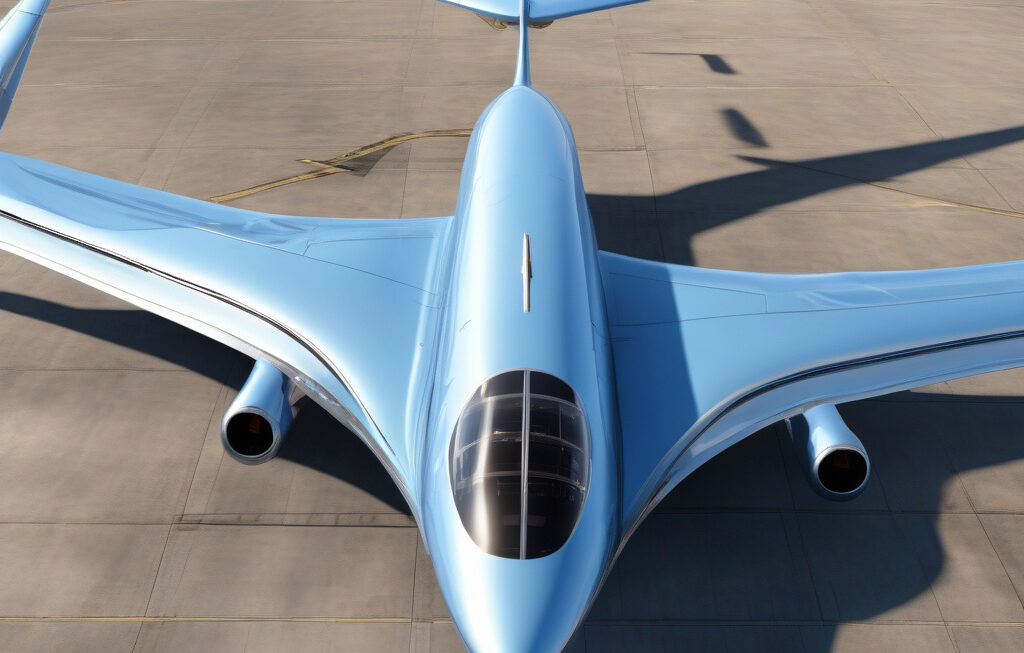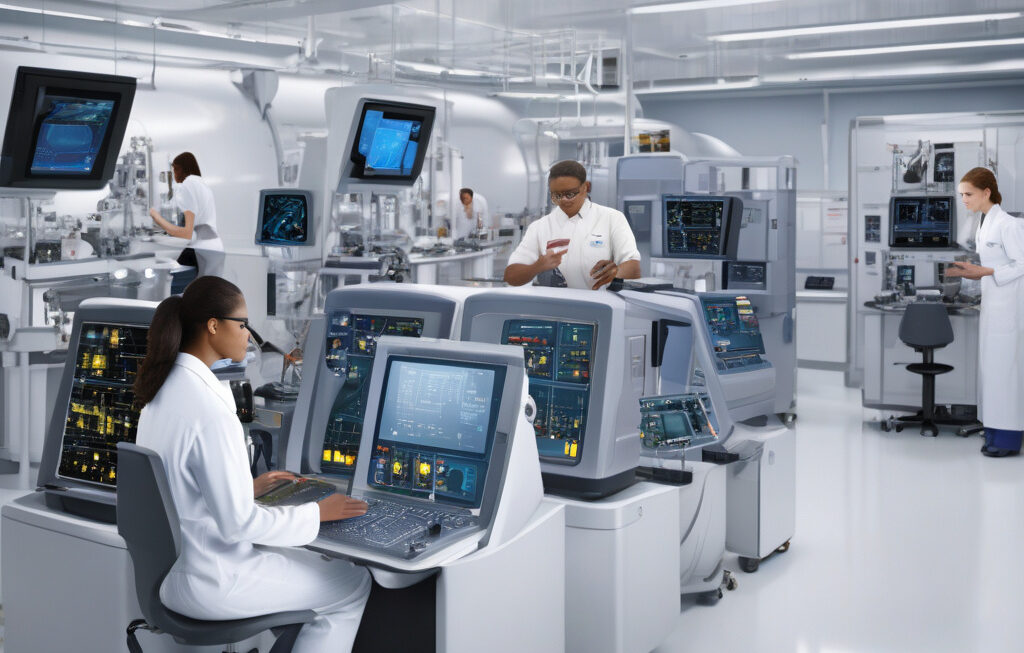Why Modern Planes Still Crash: How Each Tragedy Reshapes Aviation Safety
When Air India Flight 171 went down, it shocked the public and professionals who knew that modern planes are equipped with state-of-the-art technology designed to ensure passenger safety. Despite these advancements, aviation accidents still occur, raising questions about why these tragedies happen and how the industry responds to them.
One of the primary reasons modern planes can still crash is the complexity of the aviation system. With thousands of flights crisscrossing the globe daily, the margin for error is incredibly small. While technology has automated many aspects of flying, human error, mechanical failures, and external factors such as weather conditions can still lead to accidents.
For example, the crash of Ethiopian Airlines Flight 302 in 2019 was linked to a software issue in the Boeing 737 Max, highlighting how even the most advanced aircraft can be vulnerable to design flaws. This tragedy prompted a global grounding of the 737 Max fleet and a reevaluation of the certification process for new aircraft.
Another factor that contributes to modern plane crashes is the pressure to cut costs and maximize profits. Airlines may prioritize efficiency over safety, leading to maintenance issues, pilot fatigue, and other risks that can compromise the well-being of passengers and crew.
In response to each aviation tragedy, the industry undergoes a period of reflection and reform. Investigations are launched to determine the cause of the crash, and regulatory bodies implement new safety measures to prevent similar incidents in the future. For instance, the creation of the Flight Data Recorder and Cockpit Voice Recorder, commonly known as the “black boxes,” was a direct result of the need to understand what happens in the critical moments before a crash.
Moreover, advancements in technology have enabled real-time monitoring of aircraft systems, allowing for predictive maintenance and early detection of potential problems. Airlines now use data analytics and artificial intelligence to improve safety protocols and prevent accidents before they happen.
Training and education also play a crucial role in enhancing aviation safety. Pilots undergo rigorous simulations and recurrent training to prepare for emergency situations and sharpen their decision-making skills. By learning from past mistakes and incorporating those lessons into training programs, the industry can continuously improve its safety standards.
In conclusion, while modern planes are designed with multiple redundancies and safety mechanisms, the risk of accidents can never be completely eliminated. However, each tragedy serves as a catalyst for change, pushing the aviation industry to innovate and prioritize safety above all else. By embracing a culture of continuous improvement and learning from past mistakes, we can strive to make air travel safer for everyone on board.
safety, aviation, technology, accidents, improvements












